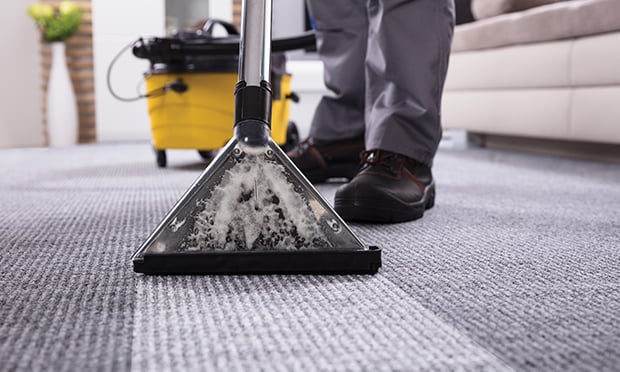 Despite the prevalence of mold growth on carpet as part of restoration projects, there is little definitive information available on proper procedures for addressing it. (Photo: Shutterstock)
Despite the prevalence of mold growth on carpet as part of restoration projects, there is little definitive information available on proper procedures for addressing it. (Photo: Shutterstock)
While professionals who specialize in remediation and restoration of damaged buildings have seen the growth of hard flooring over the past decade, carpet still makes up an extremely large portion of floor finishes. Some flooring experts estimate that as much as 10 billion ft. of carpet is being added to the U.S. building stock on an annual basis.
Recommended For You
Want to continue reading?
Become a Free PropertyCasualty360 Digital Reader
Your access to unlimited PropertyCasualty360 content isn’t changing.
Once you are an ALM digital member, you’ll receive:
- Breaking insurance news and analysis, on-site and via our newsletters and custom alerts
- Weekly Insurance Speak podcast featuring exclusive interviews with industry leaders
- Educational webcasts, white papers, and ebooks from industry thought leaders
- Critical converage of the employee benefits and financial advisory markets on our other ALM sites, BenefitsPRO and ThinkAdvisor
Already have an account? Sign In Now
© Touchpoint Markets, All Rights Reserved. Request academic re-use from www.copyright.com. All other uses, submit a request to [email protected]. For more inforrmation visit Asset & Logo Licensing.







